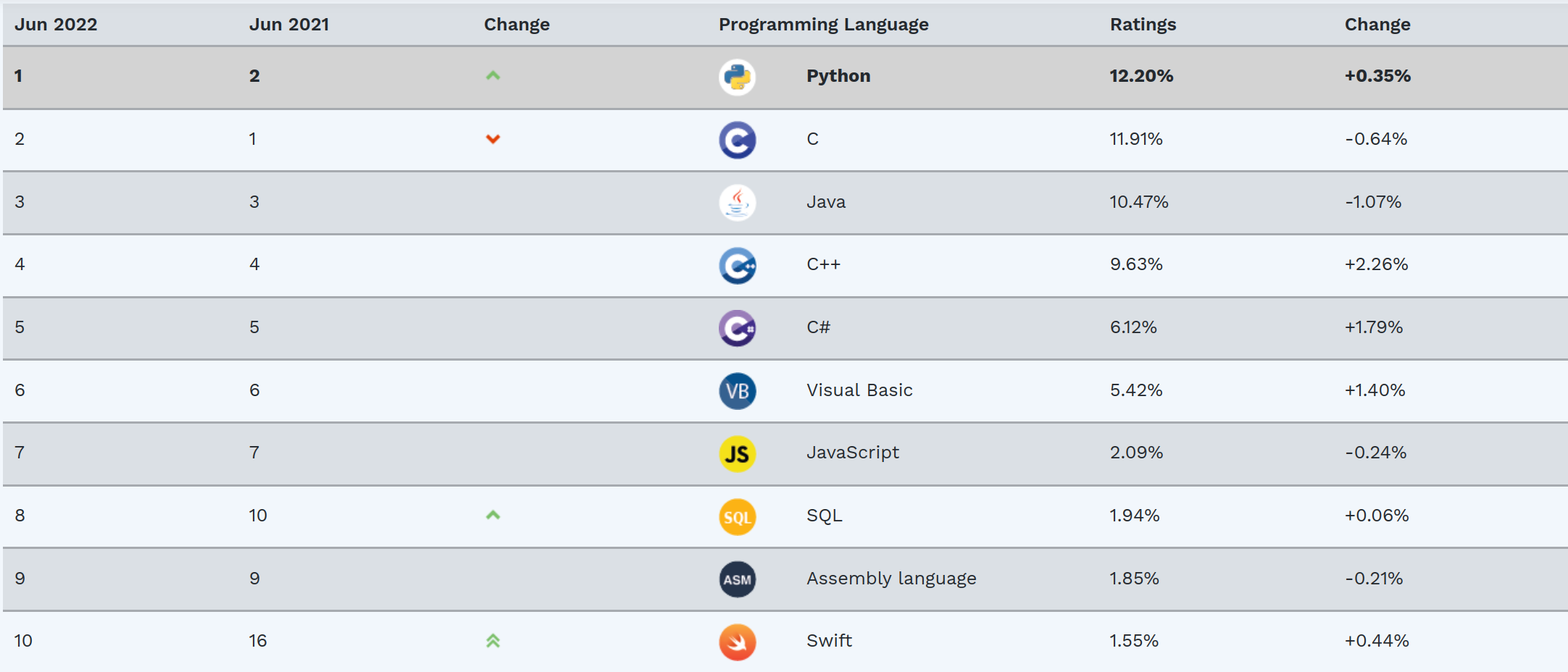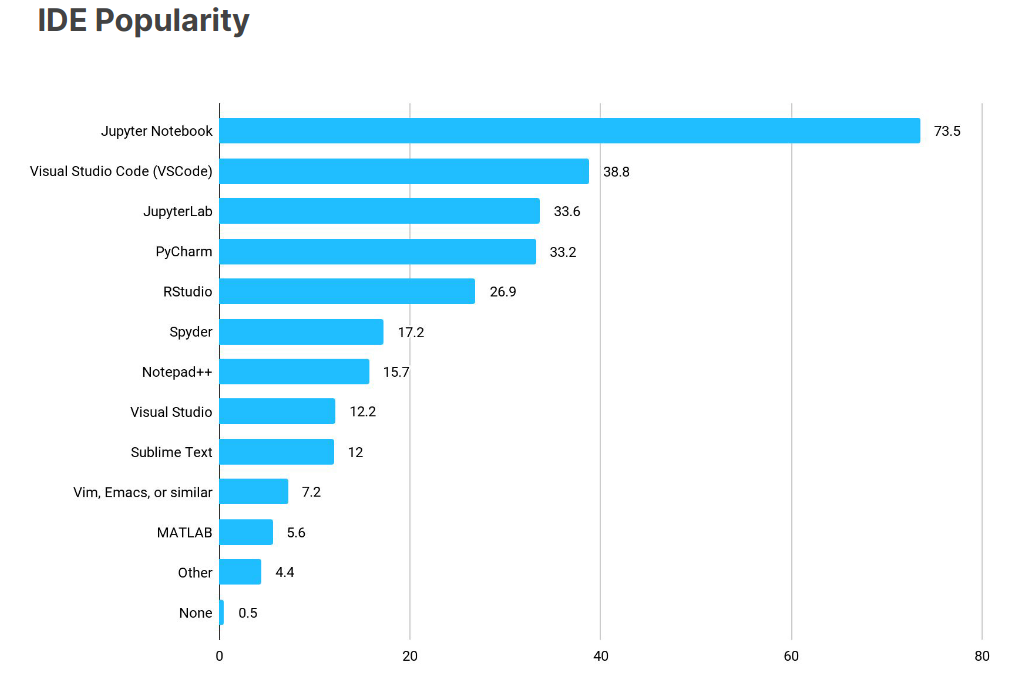Day 1, Part 1: Introduction¶
Introduction to Python¶
Tom Paskhalis¶
2022-06-27¶
RECSM Summer School 2022¶
 |
 |
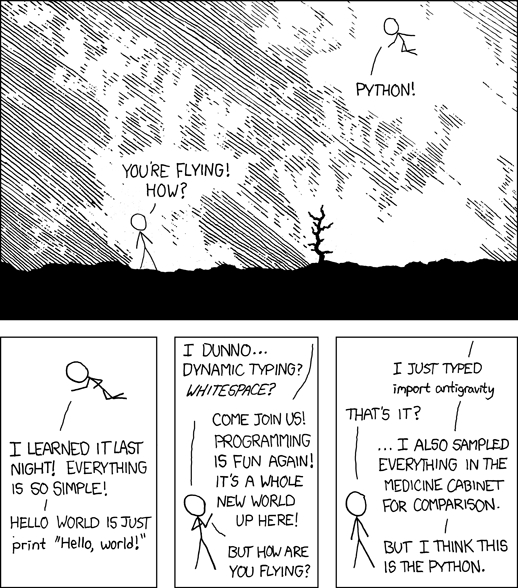
Source: https://xkcd.com/353/
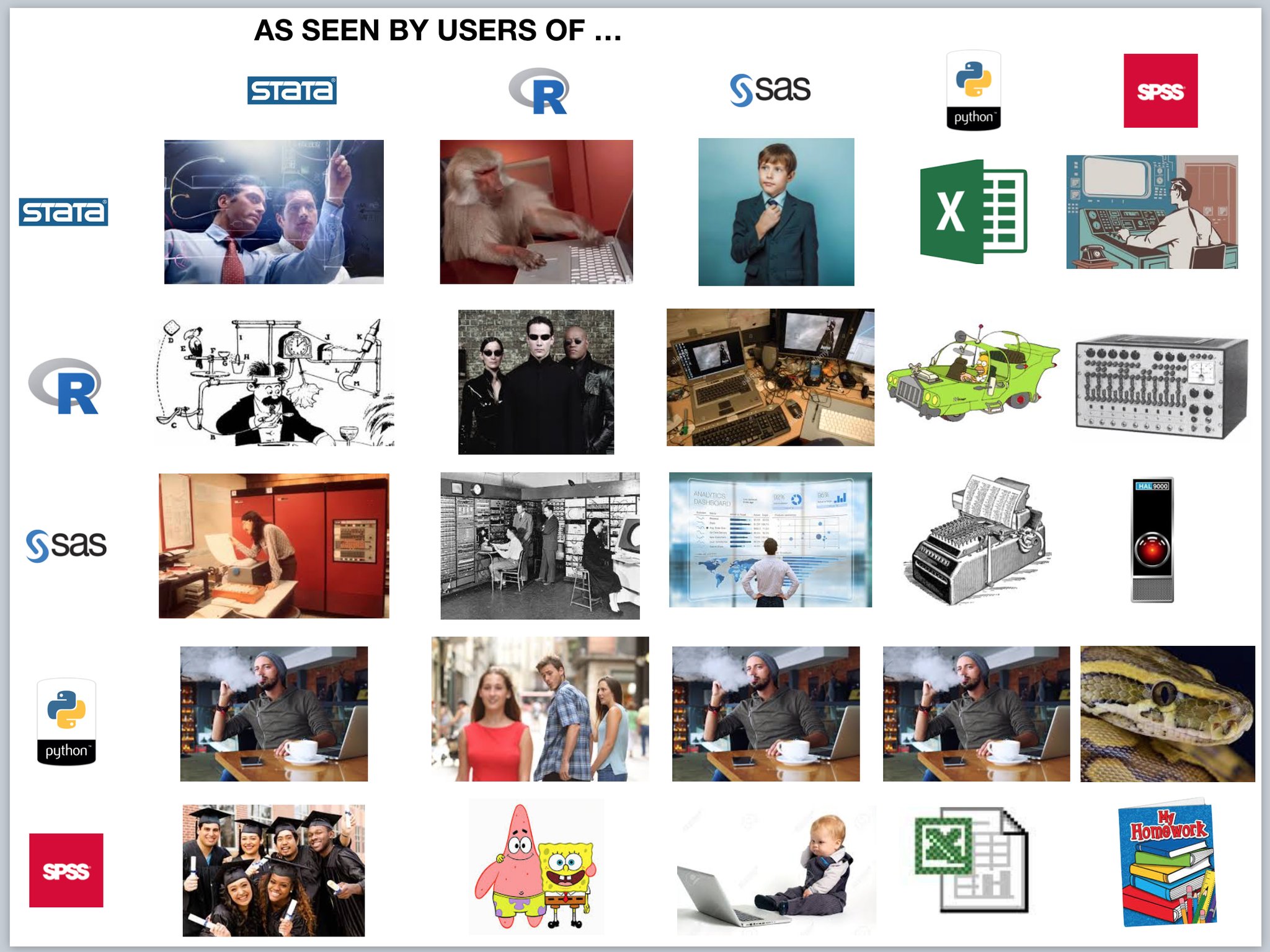
About me¶
- Assistant Professor in Political Science and Data Science, Trinity College Dublin
- Before: Postdoctoral Fellow, New York University
- PhD in Social Research Methods, London School of Economics and Political Science
- My research:
- Political communication, social media, interest groups
- Text analysis, machine learning, record linkage, data visualization
- Contact
About you¶
 |
|
Python and Development Enviroments¶
- There is a number of integrated development environments (IDEs) available for Python (IDLE, Spyder, PyCharm)
- As well code editors with Python-specific extensions (Visual Studio Code, Atom, Sublime Text, Vim)
- Try different ones and choose what works best for you!
Python and Jupyter Notebook¶
- Jupyter Notebook is language-agnostic web-based interactive computational environment
- Is available with backends (kernels) for different programming languages (Julia, Python, R = Jupyter)
- Can be used both locally and remotely
- Good for ad-hoc data analysis and visualization
Jupyter Notebook¶
- Notebooks allow writing, executing and viewing the output of Python code within the same environment
- All notebook files have
.ipynbextension for interactive python notebook - The main unit of notebook is cell, a text input field (Python, Markdown, HTML)
- Output of a cell can include text, table or figure
Jupyter Notebook online¶
- For this workshop I recommend using one of the online platforms for working with Jupyter Notebooks:
- Google Colab, a cloud platform for hosting Jupyter Notebooks. You need to have a Google account, but it does not require any local installations.
- Kaggle Code, a platform for sharing and exploring data-science-focussed Jupyter Notebooks. Although technically owned by Google, you can register just for Kaggle website.
Jupyter Notebook demonstration¶
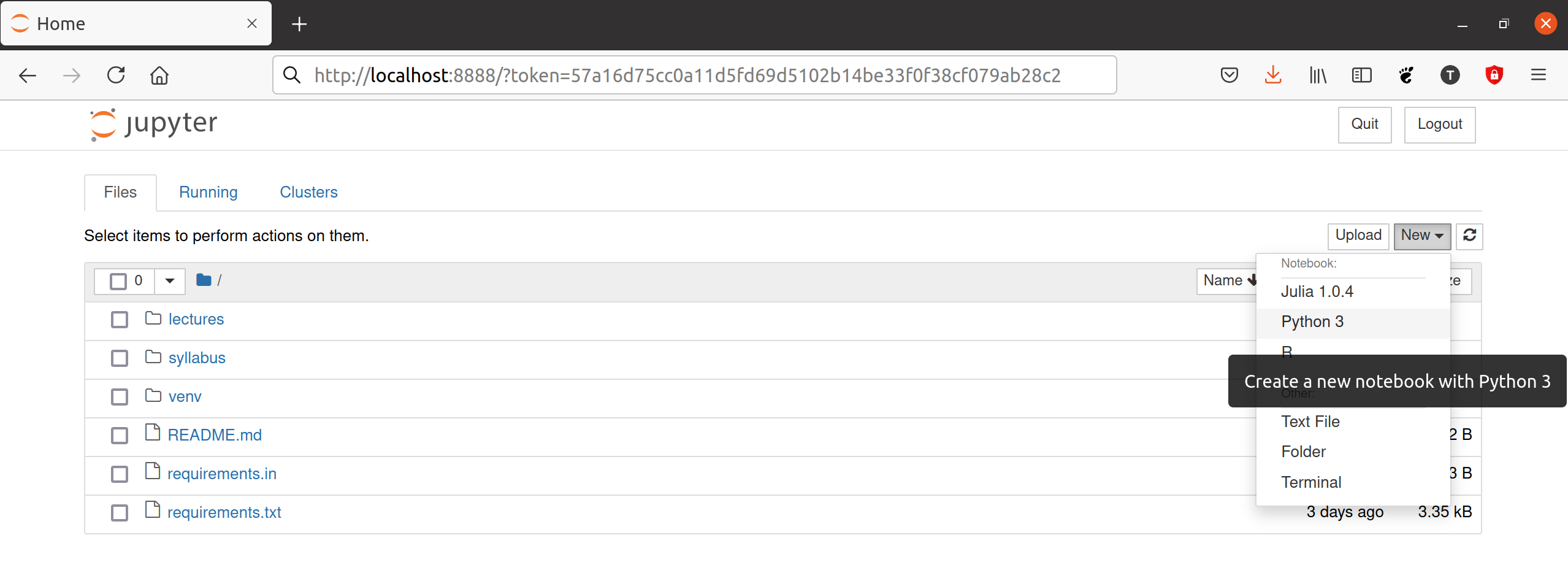
Jupyter Notebook demonstration¶

Course outline¶
| Date | Time (CEST) | Topic |
|---|---|---|
| 27 June | 09:00-10:45 | Introduction to Python objects and data types |
| 10:45-11:15 | Break | |
| 11:15-13:00 | Pandas, data input/output | |
| 28 June | 09:00-10:45 | Exploratory data analysis, data visualization |
| 10:45-11:15 | Break | |
| 11:15-13:00 | Regression analysis, communicating results |
Materials¶
- All materials for this workshop can be found:
- In this GitHub repository: github.com/tpaskhalis/RECSM_Introduction_Python
- Alternative shortlink: bit.ly/RECSM_Python
- For your convenience you might want to choose to clone this repoistory to your local macihine.
- It is worth noting that all slides and exercises were created using Python and Jupyter Notebooks.
Additional materials¶
- There are many great online resources and published books on programming in Python.
- Some of them also provide a good coverage of using Python for data analysis.
- Here are some pointers to start from.
Books¶
Guttag, John. 2021 Introduction to Computation and Programming Using Python: With Application to Computational Modeling and Understanding Data. 3rd ed. Cambridge, MA: The MIT Press
McKinney, Wes. 2017. Python for Data Analysis: Data Wrangling with Pandas, NumPy, and IPython. 2nd ed. Sebastopol, CA: O'Reilly Media
Sweigart, Al. 2019. Automate the Boring Stuff with Python. 2nd ed. San Francisco, CA: No Starch Press
Online¶
Python 3 Documentation (intermediate and advanced)
Next¶
- Basic Python types
- Operations
- Object manipulations
